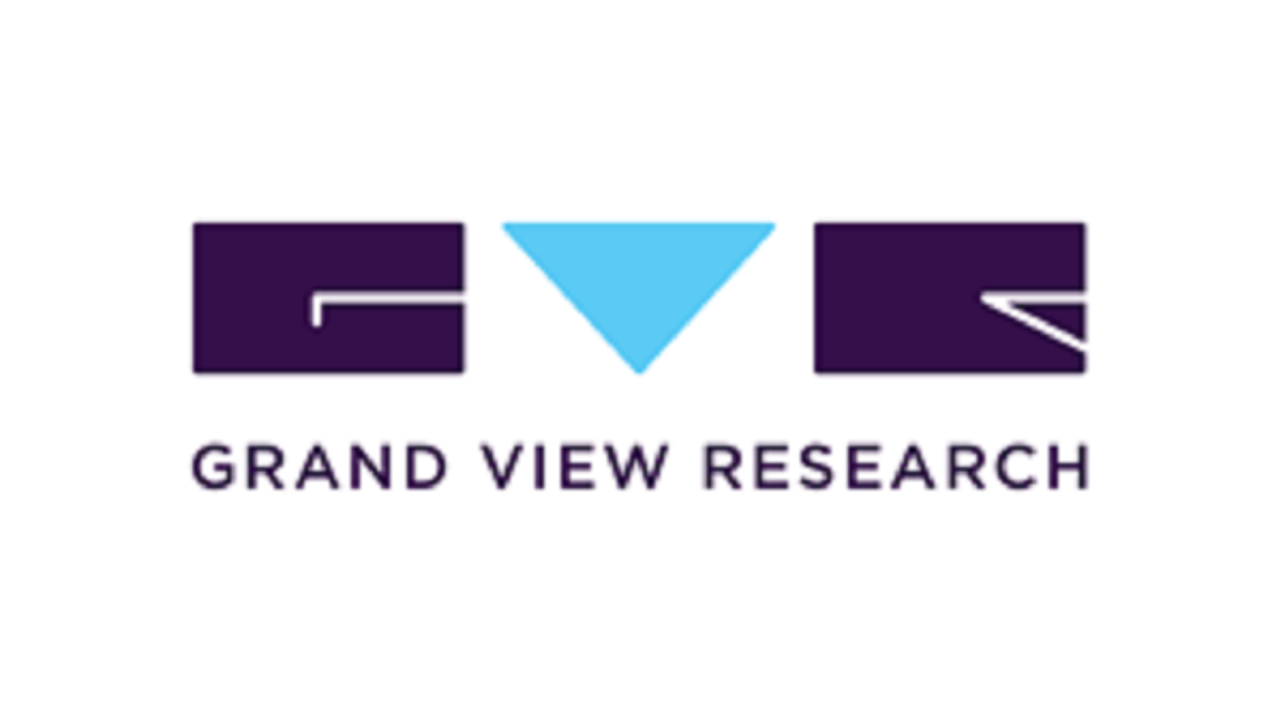The global monoclonal antibodies in veterinary health market size is expected to reach USD 2.42 billion by 2030, expanding at a CAGR of 17.1% from 2023 to 2030, according to a new report by Grand View Research, Inc. Increasing pet population coupled with the rising pet expenditure is expected to boost the market growth. Furthermore, the growing prevalence of canine atopic dermatitis will likely drive market growth over the forecast period.
Despite disruption due to the COVID-19 pandemic, the animal health industry witnessed a steady growth of 8% from 2019 to 2020. The economic downturn was relatively less impactful in the animal health industry compared to other markets. The pandemic created a few shifts in business models for veterinary practices and veterinarians. Traditional veterinary practices are expected to generate the most revenue from selling high-margin products like biologics and pharmaceuticals.
The growing incidences of cancer, especially in dogs, are anticipated to provide a growth platform for the market. According to the American Veterinary Medical Association (AVMA), around 1 out of every 4 dogs are expected to show signs of neoplasia at some point in their lives. Neoplasia is a common type of cancer in dogs. Pain management is one of the most important aspects of treating neoplasia in dogs. This can also be treated using the monoclonal antibody treatment.
The market is highly competitive and consists of several major players. With the emergence of immense opportunities in the market, various players in the market are making investments to emerge as leading players. For instance, in October 2021, Zoetis acquired a new development and manufacturing unit in Ireland to improve its production capabilities on veterinary Monoclonal Antibodies (mAbs).
Gather more insights about the market drivers, restrains and growth of the Monoclonal Antibodies In Veterinary Health Market
Monoclonal Antibodies In Veterinary Health Market Report Highlights
• Based on animal type, the dog segment held the dominant revenue share in 2022 owing to the growing adoption of dogs as pets and increasing R&D targeting canine disease treatments
• Based on the application, the dermatology segment accounted for the largest market share of over 50% in 2022, owing to the increasing prevalence of canine atopic dermatitis
• The veterinary hospital segment accounted for a dominant market share in terms of end-user in 2022, owing to the availability of advanced treatment facilities in veterinary hospitals
• The North America accounted for the largest market share of around 40% in 2022, owing to the presence of major market players in the region
Monoclonal Antibodies In Veterinary Health Market Segmentation
Grand View Research has segmented the global monoclonal antibodies in veterinary health market based on animal type, application, end-user, and region:
Monoclonal Antibodies In Veterinary Health Animal TypeOutlook (Revenue, USD Million, 2018 - 2030)
• Dogs
• Others
Monoclonal Antibodies In Veterinary Health Application Outlook (Revenue, USD Million, 2018 - 2030)
• Dermatology
• Pain
• Others
Monoclonal Antibodies In Veterinary Health End-user Outlook (Revenue, USD Million, 2018 - 2030)
• Veterinary Hospitals
• Others
Monoclonal Antibodies In Veterinary Health Regional Outlook (Revenue, USD Million, 2018 - 2030)
• North America
o U.S.
o Canada
• Europe
o U.K.
o Germany
o France
o Italy
o Spain
• Asia Pacific
o Japan
o China
o India
o Australia
o South Korea
• Latin America
o Brazil
o Mexico
o Argentina
• Middle East & Africa
o South Africa
o Saudi Arabia
Order a free sample PDF of the Monoclonal Antibodies In Veterinary Health Market Intelligence Study, published by Grand View Research.


